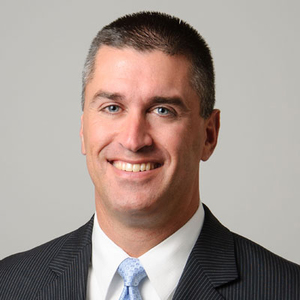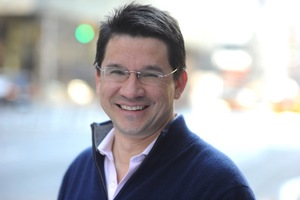Hot Job Market Flips Traditional Hiring on Its Head
// By Wendy Stark Healy //

Tysen Kendig, vice president of communications, University of Connecticut
Tysen Kendig, vice president of communications for the University of Connecticut, was recently hiring an assistant vice president for health marketing at UConn Health and noticed a much stronger applicant pool.
Unlike past searches, he wasn’t getting a handful of good people mixed with marginally qualified applicants and those for whom the job was a stretch. With a good pool of candidates, if one or two dropped out, he would still have more to choose from and wouldn’t have to settle.
“We’re attracting a more highly qualified field,” he says. “Higher-level applicants are coming out in greater numbers, and that emphasizes a stronger job market.”

Marc Cenedella, founder and CEO of Ladders
When Strategic Health Care Marketing caught up with Marc Cenedella, founder and CEO of Ladders, a popular high-end career website, he reiterated what we first heard last spring: “It’s the greatest market in 50 years.”
“Job candidates don’t have the time of day,” he says. “They’re very busy. People have three or four conversations going, and multiple offers.”
While the U.S. Bureau of Labor Statistics put the unemployment rate at 3.6 percent in April, Cenedella says the rate was 2 percent with college-educated professionals. “It’s a very hot market with a lot of money available to fund expansion plans. Companies are spending money to try new things and creating a demanding and challenging hiring market.”
Challenges of a Hot Market
While the market is hot for job seekers, it may be harder for organizations to hire quickly, according to Cenedella. “I tell organizations, ‘Don’t let the sun set twice on a great candidate. Don’t take three weeks to interview them; don’t take three days. Move now.’”
“What’s happening today with applicants,” he adds, “is that rather than one opportunity coming by, there are so many opportunities laid before them on the buffet. They have the pick of the litter and applicants are taking the best offer.”
This can be particularly frustrating to health care organizations, which haven’t been on the cutting edge of moving swiftly and using technology to recruit, Cenedella adds.

